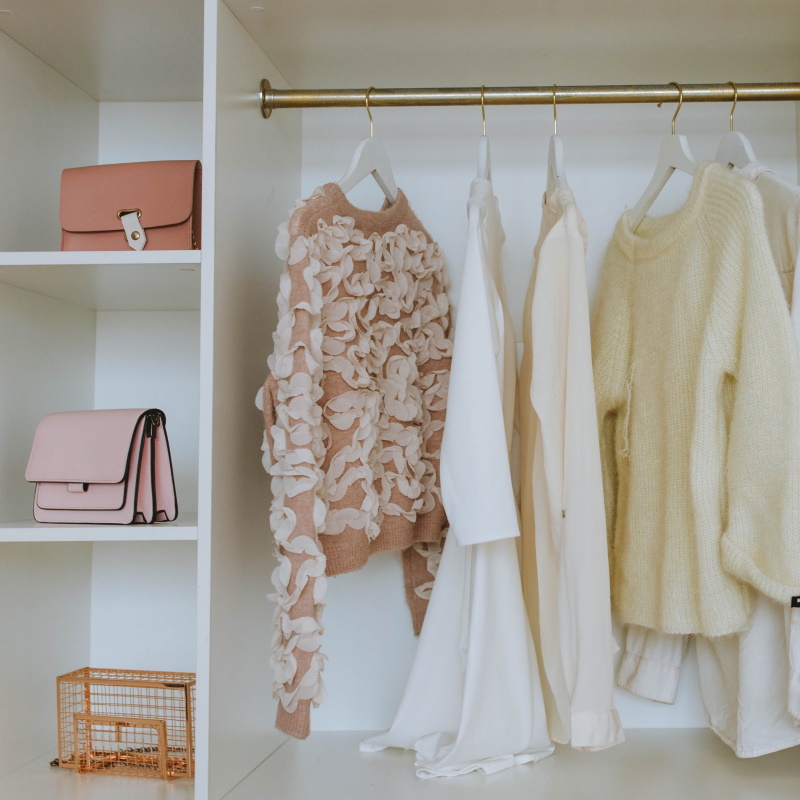What Is Ethical Fashion?
Ethical fashion is a growing movement within the fashion industry that focuses on producing clothing in a way that respects both people and the planet. It’s about creating products that are not only stylish but also environmentally friendly and made under fair working conditions. The idea behind ethical fashion is to consider the entire lifecycle of a garment, from the raw materials used to its final disposal.
With fast fashion continuing to dominate the market, ethical fashion provides an alternative for conscious consumers who want to make more responsible purchasing decisions. This movement prioritizes transparency, sustainability, and social responsibility, allowing people to feel good about their clothes not just because of how they look, but because of the positive impact they have on the world.

The Key Principles of Ethical Fashion
When shopping for ethical fashion, it’s important to consider several key principles that define the movement. These principles ensure that the clothes you buy align with your values and contribute to a more sustainable future.
1. Fair Labor Practices
Ethical fashion brands work to ensure that all workers are treated fairly and paid a living wage. This involves fair working conditions, safe environments, and no child or forced labor. Ethical brands also advocate for the well-being of the workers by promoting safe working hours and health benefits.
2. Sustainable Materials
Sustainable fashion places emphasis on using eco-friendly materials that are less harmful to the planet. Materials like organic cotton, hemp, bamboo, and recycled fabrics are often used in ethical fashion. These fabrics have a smaller environmental footprint because they require fewer pesticides, water, and energy compared to traditional materials.
3. Transparency and Accountability
One of the core tenets of ethical fashion is transparency. Consumers are increasingly demanding to know where their clothing comes from and how it’s made. Ethical brands are transparent about their production processes, sourcing, and labor conditions, allowing customers to make informed decisions.
4. Reducing Waste
Ethical fashion also strives to reduce waste through practices such as upcycling and recycling. Many ethical brands make efforts to ensure that their clothing is designed to last longer, minimizing the need for consumers to frequently replace garments. Additionally, brands are exploring ways to recycle old clothes and fabrics to create new items, which helps cut down on landfill waste.
The Impact of Ethical Fashion on the Industry
The rise of ethical fashion has had a significant impact on the fashion industry. As consumers become more conscious of the environmental and social issues associated with clothing production, brands are increasingly adopting sustainable practices. This has led to the emergence of several ethical fashion brands, as well as a broader movement toward environmental responsibility.
Some of the most notable ethical fashion brands include Patagonia, Stella McCartney, and People Tree, all of which have built their reputations on offering stylish, sustainable clothing. These brands not only make eco-friendly clothing but also advocate for fair wages, ethical labor practices, and reducing carbon emissions.
How You Can Build a More Ethical Wardrobe
If you’re looking to build a more ethical wardrobe, there are several strategies you can adopt to ensure that your fashion choices align with your values.
1. Buy Less, Choose Wisely
One of the most effective ways to contribute to ethical fashion is to buy fewer items and make more thoughtful choices. Instead of shopping for cheap, trendy clothes that won’t last, focus on investing in quality pieces that are timeless and durable. Look for items that are made with sustainable materials and ethical practices.
2. Choose Secondhand and Vintage Clothing
Buying secondhand clothing is a fantastic way to reduce the environmental impact of your wardrobe. Vintage clothing stores, thrift shops, and online resale platforms like Depop and Poshmark offer a wide range of pre-loved items that are often in great condition. By purchasing secondhand, you’re giving garments a second life and reducing the demand for new clothes.
3. Support Ethical Brands
Support brands that prioritize ethical practices. Look for certifications like Fair Trade, GOTS (Global Organic Textile Standard), and B Corp, which ensure that a brand meets certain social and environmental standards. Ethical brands are transparent about their production processes and are committed to sustainable practices.
4. Care for Your Clothes
Extending the lifespan of your clothing is a key part of ethical fashion. Take good care of your garments by following washing instructions, repairing items when necessary, and avoiding excessive dry cleaning. A little maintenance can go a long way in ensuring that your clothes last longer and don’t end up in a landfill prematurely.
Conclusion
Ethical fashion is not just a trend; it’s a movement that is reshaping the fashion industry and encouraging consumers to think more critically about their clothing choices. By supporting fair labor practices, choosing sustainable materials, and reducing waste, we can help create a more responsible and sustainable fashion ecosystem. Building an ethical wardrobe might take time and effort, but the positive impact it has on people and the planet is well worth it. So, take a step toward fashion with a conscience—your wardrobe, and the world, will thank you.